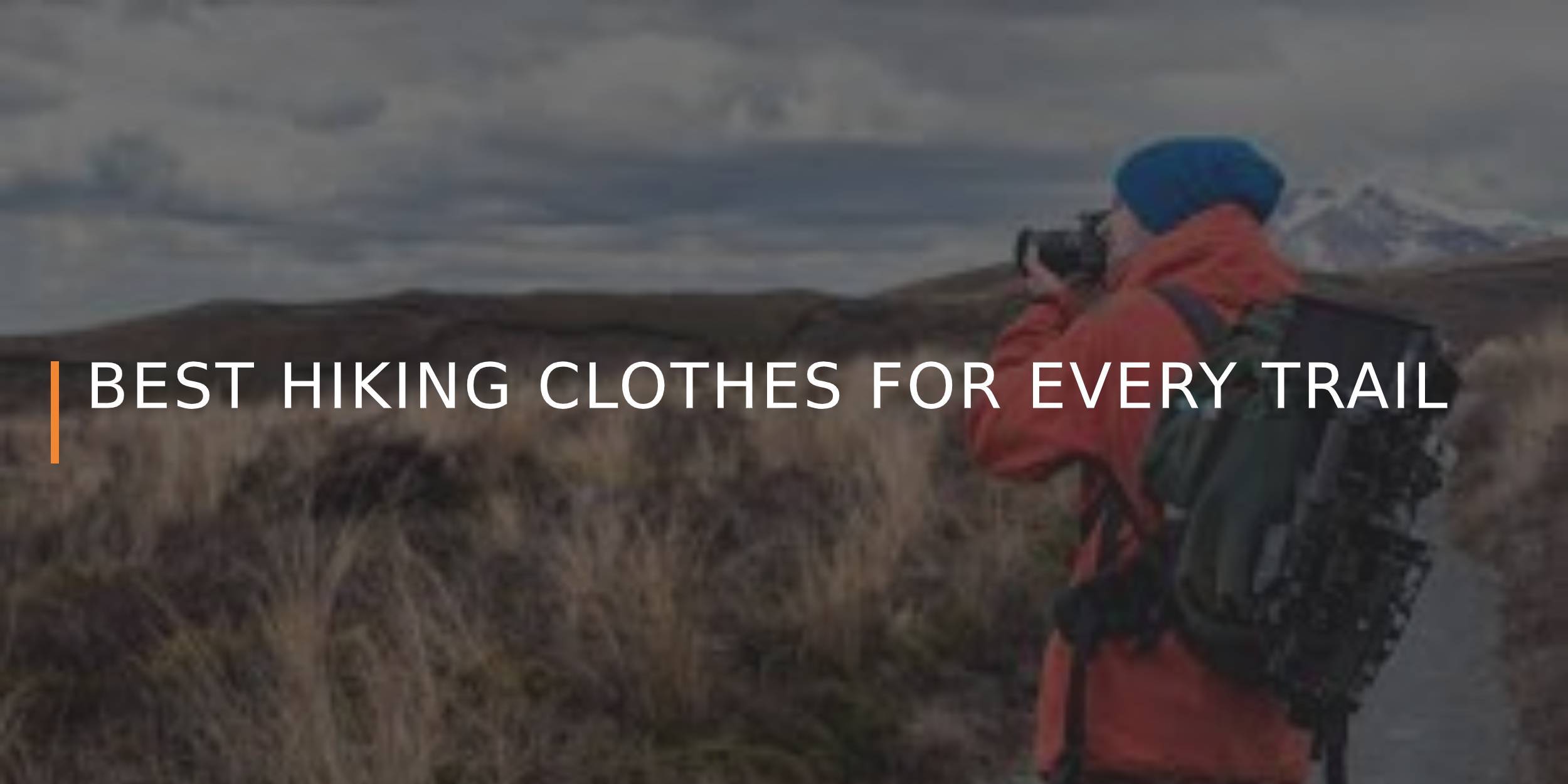Best Hiking Clothes for Every Trail
If you are new to hiking in certain conditions, or if you are never comfortable while hiking, then this is for you!
Continue reading to learn what the best hiking clothes are for every season and condition, whether hot, cold, or unpredictable temperatures.
Being prepared will ensure you have an enjoyable experience (without having to turn around prematurely.)
Hot Temperatures
When hiking in hot temperatures, it is imperative to stay healthy and protect yourself from the dangers of heat exhaustion and sunburn.
Many people think, in order to stay cool, they should wear short-shorts and tanks while hiking.
In reality, exposing your skin can end up frying it rather than keeping it cool.
Therefore, opt for hiking clothes that fall under the three “L’s”: Loose, light-colored, and long. This is especially the case if you will be hiking a trail with little shade and rough terrain that could tear at your skin.
Furthermore, look for synthetic, breathable materials instead of cotton, like nylon or polyester, as well as clothing with an UPF rating.
If you are afraid that long hiking clothing will cause you to overheat, you can always wear layers. Many hikers enjoy wearing convertible trousers that can be zipped on and off at the knee.
You can always layer a longer shirt over a tank top. Wearing a wide-brim hat can also offer you protection from harmful UV rays, as well as the heat.
Cold Temperatures
Hiking in cold temperatures requires a completely different wardrobe compared to hot temperatures. Layers are going to be your best bet to staying warm while not overheating.
In fact, the biggest concern when hiking in the cold is the potential to overheat—not the cold! This is because it is easy to start sweating underneath your warm layers, causing you to get wet—and that is what leads to hypothermia.
Your first layers should be moisture-wicking long underwear made from synthetic materials or merino wool. This layer’s job is to keep you warm and dry when you start to sweat.
The next layer is your insulation layer: This could include a half-zip jacket and warm, long pants. Whatever you choose, make sure that it also provides some ventilation and is made of a moisture-wicking material.
Choose a material with an UPF rating in case you take off your outer layer. Lastly, top everything off with your wind and water resistant layer, usually in the form of a coat, rain jacket, or wind breaker.
And don’t forget your light-to-mid-weight gloves, winter hat, and neck gaiter to protect your hands, head, and neck.
Unpredictable Weather
Trails with unpredictable weather conditions can be a doozy to prepare for: One minute, the trail is scorching hot, while the next minute you are trudging through rain or snow.
So how do you prepare for unpredictable weather conditions? If you guessed layers, then you would be right.
Wearing layers is your best bet when braving unpredictable trails, particularly those in high altitude mountains where weather conditions can change on a dime.
If you know parts of the trail will be hot, then start with a short sleeve base with convertible trousers. In your backpack, bring some long underwear or leggings to wear underneath your trousers if you believe the weather could turn cold.
Next, wear a moisture-wicking long sleeve shirt or jacket that can be easily removed. Finally, bring a water and wind resistant jacket or thin coat to put in your backpack or tie around your waist, just in case. You will be prepared for anything!
The brilliant thing about hiking is it is something you can enjoy in any location and any season. Whether you are adventuring in the everglades, tromping through a desert, or climbing a snowy mountain, hiking is always a great way to get out in nature and enjoy some fresh air and cardio.
Always research the trail conditions ahead of time so you can be sufficiently prepared with the right hiking clothes.
